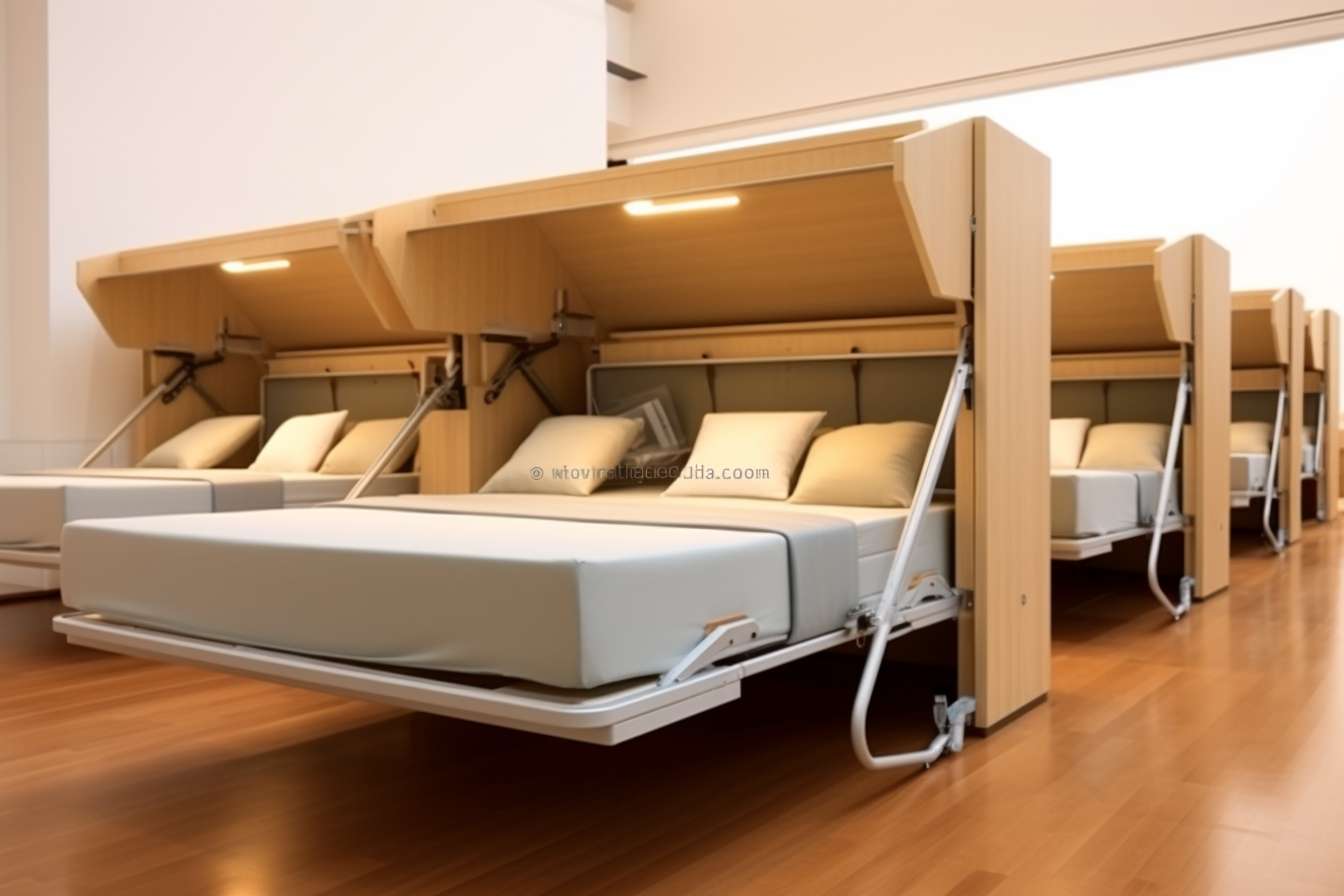Space-Saving Furnishings for Multifunctional Living Areas
Practical solutions for small or multifunctional living areas combine clever furnishings with attention to sleep quality, lighting, and storage. This article outlines approaches to convert a single room into a comfortable, efficient space that supports rest, work, and daily living.

A well-planned multifunctional living area balances comfort and efficiency so that a single room can support sleep, work, and relaxation without feeling cluttered or compromised. Space-saving furnishings play a central role: they influence lighting distribution, storage capacity, acoustics, ventilation, and even privacy. Thoughtful choices for mattress and bedding, organization systems, and textiles help maintain a restful environment while preserving flexibility for other activities.
Sleep and mattress
Selecting sleep solutions that suit multifunctional spaces starts with the mattress and bedding. A slim-profile mattress designed for small rooms or a foldable mattress can save floor space while preserving sleep ergonomics. Bedding that compresses or stores compactly — such as vacuum-seal covers or lightweight linens — helps when the bed doubles as a seating area during the day. Prioritize mattress support and breathable materials to maintain ventilation and reduce night sweats; good sleep remains essential even when space must serve many purposes.
Lighting and color
Layered lighting is critical in multifunctional rooms. Combine ambient ceiling fixtures with task lighting and adjustable bedside lamps to shift the mood between work and rest. Warm-toned bulbs can support sleep readiness, while cooler, brighter lighting aids daytime tasks. Color choices influence perceived space: lighter palettes reflect more light and can visually expand a room, while strategic accent colors zone areas for different functions. Use dimmable fixtures and tunable LEDs to adapt lighting to activities without adding bulky lamps or furniture.
Storage and organization
Integrated storage transforms furnishings into dual-purpose solutions. Under-bed drawers, loft platforms with storage, and beds with built-in shelving free up floor space. Vertical storage such as wall-mounted cabinets and open shelving supports organization without encroaching on living area. Modular storage cubes and multifunctional ottomans offer flexibility and allow items to be hidden quickly when switching from work to rest. Consistent organization systems make transitions smoother and keep textiles, bedding, and daily essentials accessible but out of sight.
Layout and minimalism
A compact, intentional layout amplifies the effect of space-saving furnishings. Orient larger pieces like beds or sofas along a single wall to create clear pathways and flexible central floor area. Minimalism helps: fewer, higher-quality pieces reduce clutter and improve circulation. Multiuse furniture—sofas that convert to beds, fold-down desks, and nested tables—supports a lean approach to possessions. Consider sightlines and how pieces look both folded away and in use to maintain a cohesive aesthetic that supports calm, functional living.
Acoustics and privacy
Noise management and privacy are often overlooked in multifunctional spaces. Soft textiles such as rugs, curtains, and upholstered panels absorb sound and improve acoustics for sleep or remote work. Room dividers, sliding screens, or tall shelving units can create visual and acoustic separation without permanent construction, preserving privacy when needed. Position the sleeping area away from noisy appliances or windows where possible, and use layered textiles and window treatments to reduce external sounds while maintaining ventilation.
Textiles, ergonomics, ventilation
Textiles influence comfort, sustainability, and hygiene. Choose breathable fabrics for bedding and upholstery to support ventilation and reduce moisture buildup. Ergonomics should guide furniture selection—desks and chairs with adjustable heights and lumbar support help when a space doubles as a home office. Natural and sustainable textiles can lower environmental impact while offering durability for frequent reconfiguration. Ensure furniture placement allows for airflow so ventilation remains effective even with multifunctional use.
Conclusion Space-saving furnishings enable multifunctional living areas to remain comfortable, efficient, and visually cohesive. By addressing sleep quality, lighting, storage, layout, acoustics, and material choices in an integrated way, a single room can support diverse activities without sacrificing rest or privacy. Thoughtful selection and placement of multiuse furniture, combined with practical organization and attention to textiles and ventilation, deliver flexible spaces that meet everyday needs while promoting well-being.





